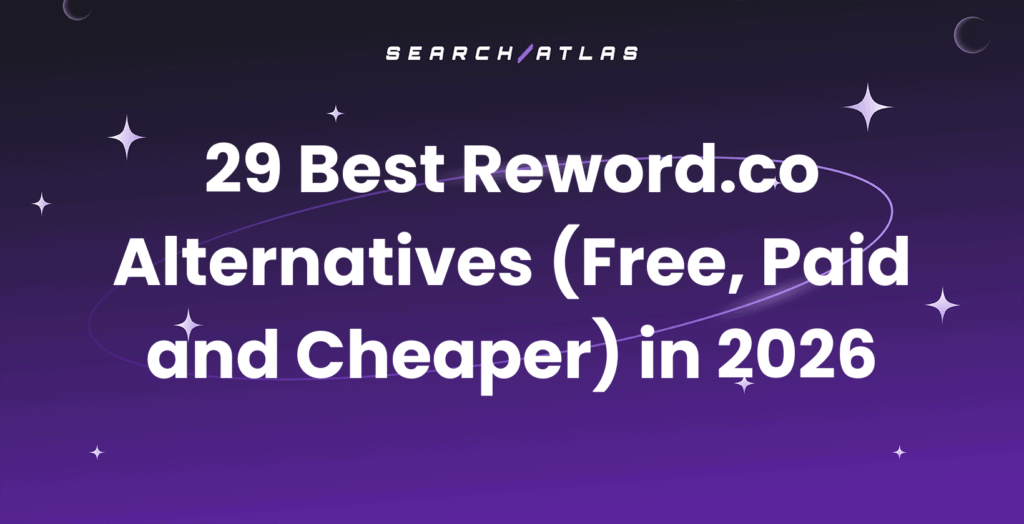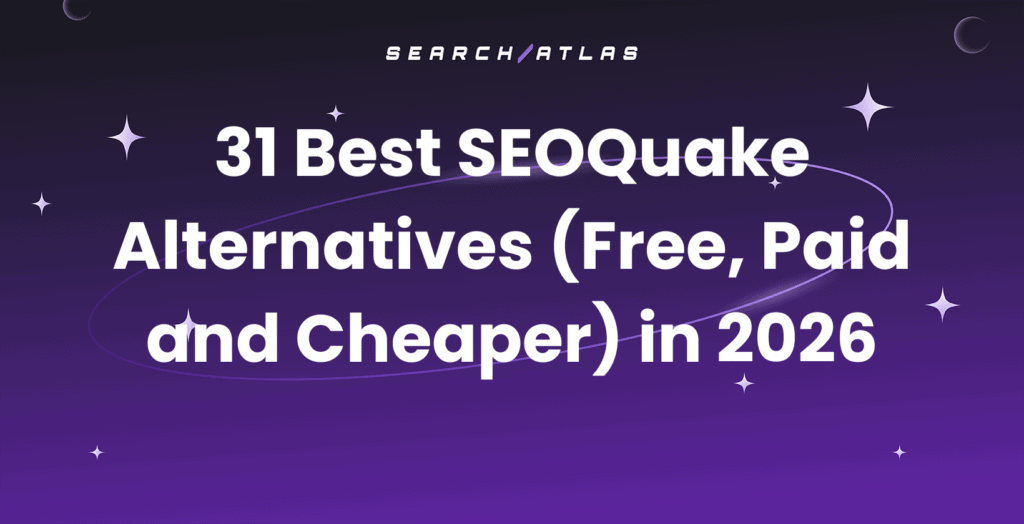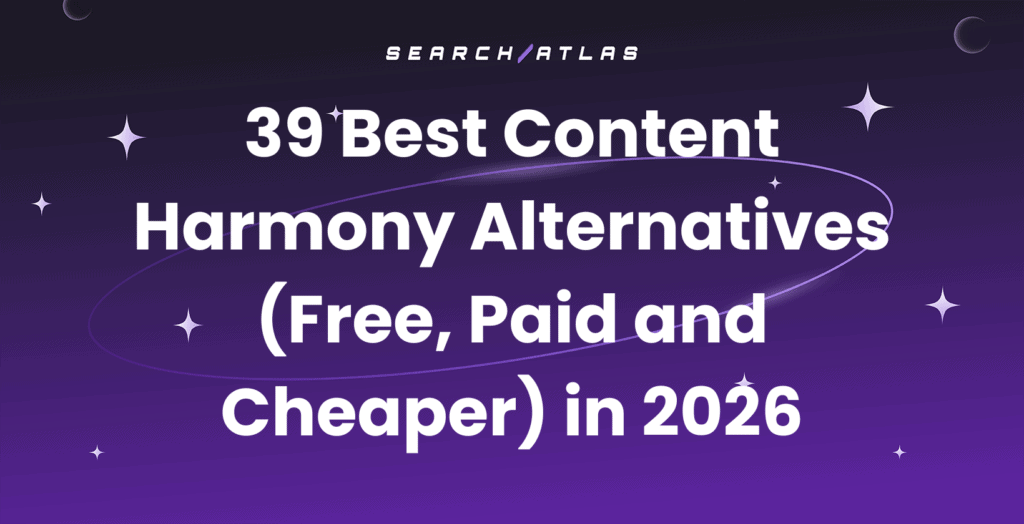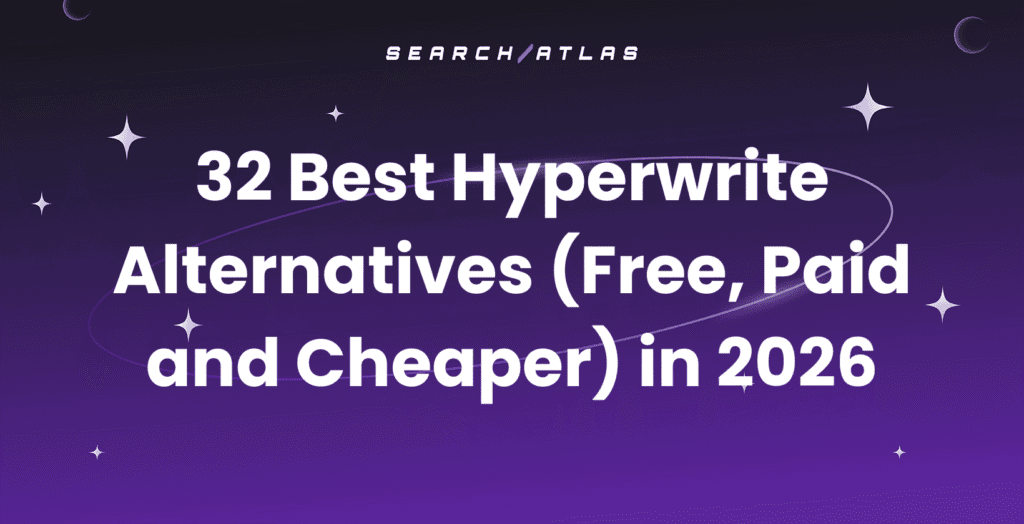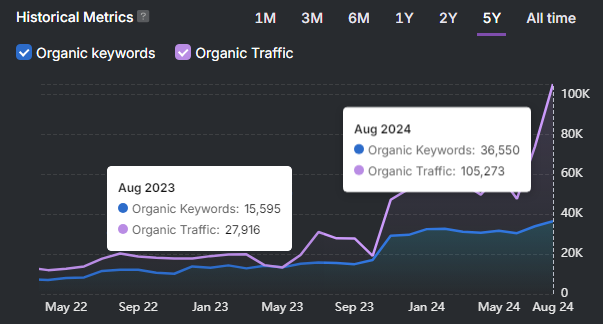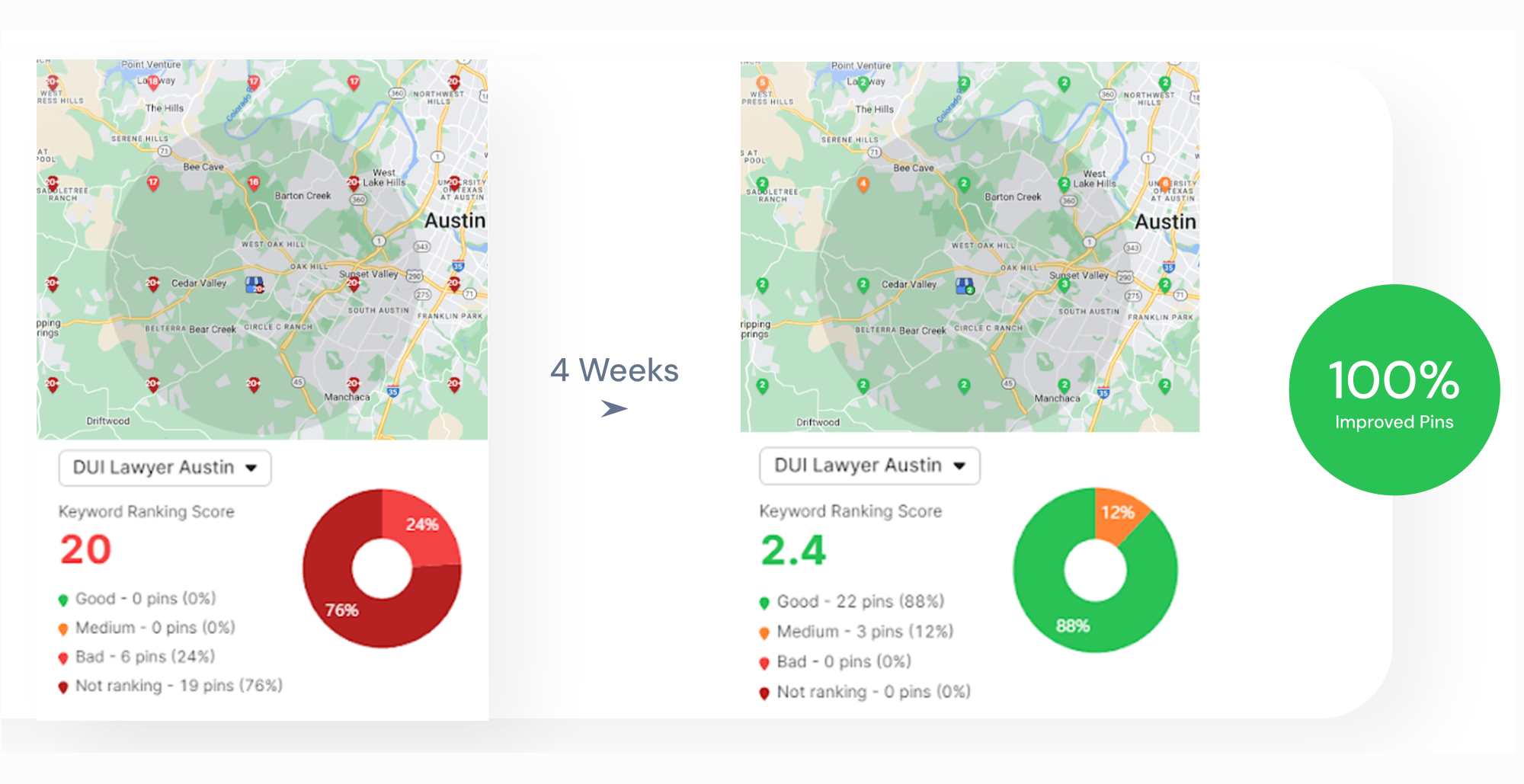Your next customer is probably already searching for a solution to solve their problems. But will they find you? Even with a strong solution, it’s hard to earn attention without applying B2B SEO best practices.
Before reaching out, business buyers use Google to research, compare options, and narrow down their choices. If your brand isn’t evident, it’s excluded as an option. ❌
Visibility in B2B search comes from a combination of targeted keywords, on-page audits, optimized content, and domain authority.
Want to see how these elements work together? We’ll break down nine B2B SEO best practices to help you rank higher, attract qualified leads, and build a strategy that actually works. 🚀
What Is B2B SEO?
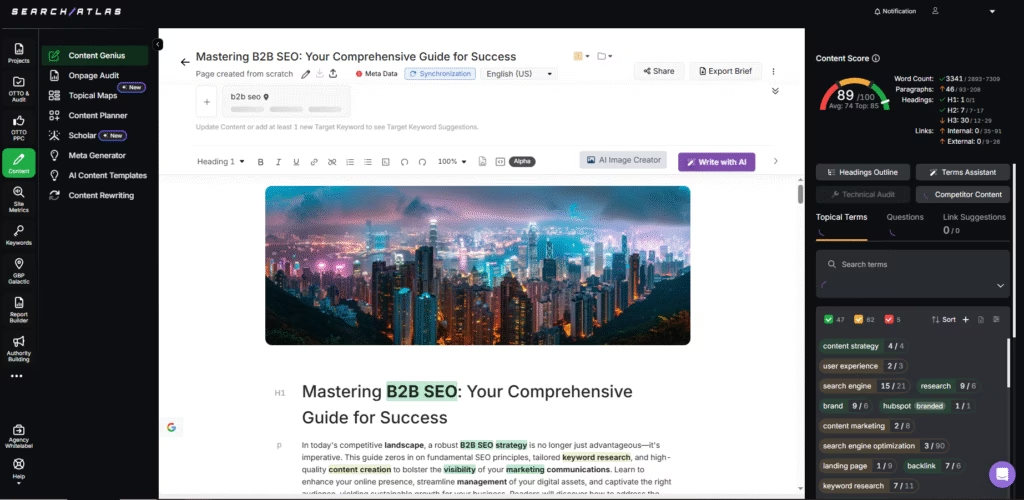
B2B SEO is the practice of optimizing your website to be discovered by other businesses through search engines. It focuses on reaching professionals, decision-makers, and teams inside companies.
This strategy requires aligning your content and technical setup with how audiences search, focusing on industry-specific language, structured information, and content formats that support deeper research and comparison.

Why Does B2B SEO Best Practices Matter for Your Business
With 95% of all clicks going to results on page one, companies are constantly competing for limited exposure. Without visibility, opportunities disappear.
B2B SEO best practices help you change that by:
- Competitive Visibility: Improve rankings in spaces where your competitors are already trying to be seen.
- Authority Signals: Build credibility over time and increase domain authority through consistent optimization.
- Budget Efficiency: Attract leads organically without depending on ad spend.
- Search Relevance: Match your pages to the real questions B2B buyers are asking.
- Qualified Traffic: Reach professionals with intent, not casual traffic that won’t convert.
B2B SEO also makes your business visible during the research stage, early enough to influence decisions before competitors appear.
How B2B SEO Stands Apart from B2C Tactics
The main difference between B2B and B2C SEO is who you’re trying to reach. While both rely on core SEO strategies, the approach shifts when the goal is to reach businesses instead of individual consumers.
B2C buyers are usually driven by emotion, convenience, pricing, or brand loyalty. They make quick decisions, and the search might end in a purchase within minutes.
In contrast, a B2B search might take weeks or even months. The buying journey often involves multiple decision-makers, formal approvals, and detailed vendor comparisons.
These buyers expect helpful and useful answers. You’re targeting professionals who need in-depth B2B content that speaks to their industry-specific pain points and builds trust over time.
9 B2B SEO Best Practices to Turn Clicks Into Clients
Below are nine B2B SEO best practices designed to help you reach decision-makers, earn trust, and turn targeted traffic into meaningful business opportunities.
1. Map Your Funnel to Match Buyer Intent
In B2B SEO, mapping the sales funnel helps you align with the buyer’s journey, anticipating their search intent as they move from research to decision-making.
Before selecting keywords or creating content, define each stage of your sales funnel and align it with the intent your audience is searching for. Plan your strategy by funnel stage:
- Top of Funnel (Awareness): Attract professionals exploring problems or industry topics.
- Middle of Funnel (Consideration): Engage those comparing solutions, vendors, or approaches.
- Bottom of Funnel (Decision): Target prospects ready to make a decision and evaluate specific products or services.
B2B buyers move between stages based on their needs, team discussions, and new insights. Focus on these key search intents:
- Informational: Buyers seek insights or answers to specific questions as they research potential solutions.
- Commercial: These searches indicate comparison shopping, as buyers evaluate options, features, or vendors.
- Transactional: At this point, buyers are looking to make a purchase or commit to a specific solution.
- Navigational: This intent reflects brand recognition, where buyers are searching for specific pages or resources related to your business.
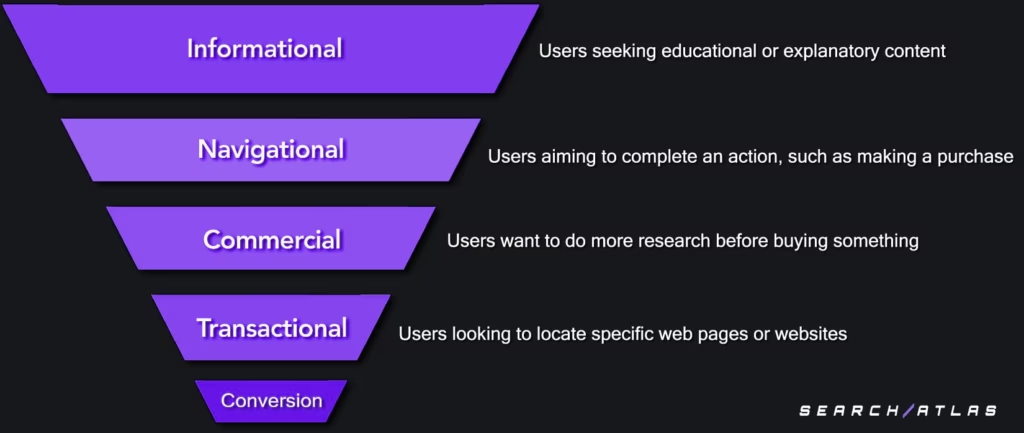
In contrast to B2C, where quick conversions are common, B2B search behavior focuses more on informational and commercial intent. This means they are researching, comparing, and gathering information before making a decision.
2. Research Keywords to Align With Customer Needs
If you’re building your keyword list from scratch, start by identifying primary terms related to your industry, product, or service.
For example, if you offer VoIP systems, a core keyword might be “cloud-based services.” Type it into Google to explore autocomplete suggestions, which reflect common searches.

Next, explore the “People also ask” section to find additional questions users have about the topic. These insights help clarify what your audience wants to learn.
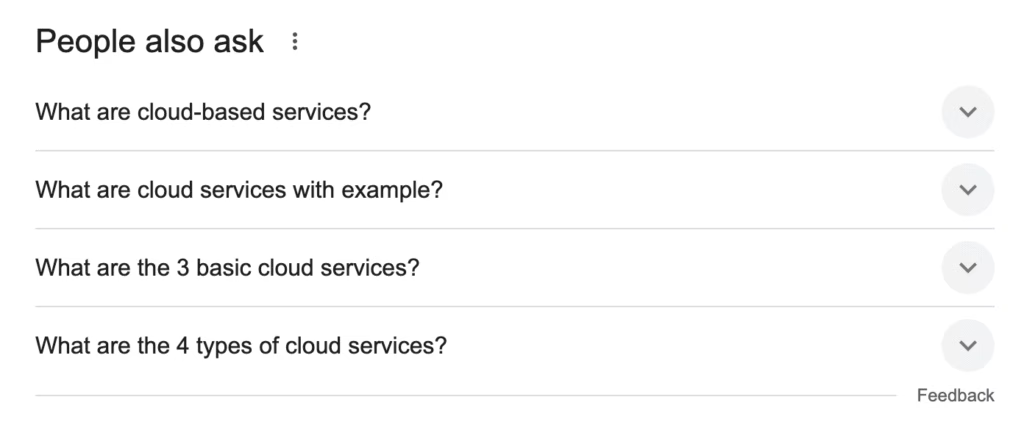
Once you’ve gathered ideas from Google, use SEO tools to expand your keyword list. Run AI competitor analysis to identify the keywords and terms your competitors rank for and where they’re missing opportunities.
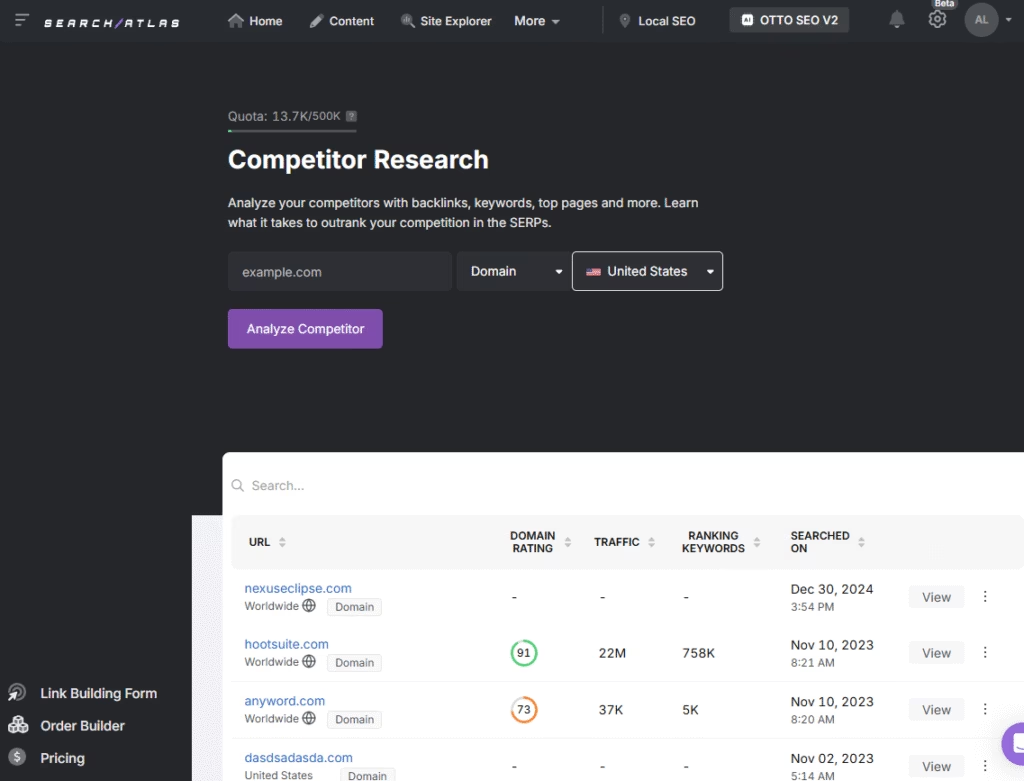
3. Use Specific Keywords to Attract the Right Visitors
High search volume doesn’t always mean high value. Broad keywords tend to be more competitive and less likely to convert, especially in B2B, where intent matters more than clicks.
Instead of chasing generic terms, focus on specific, solution-oriented phrases that reflect the real problems your product or service solves.
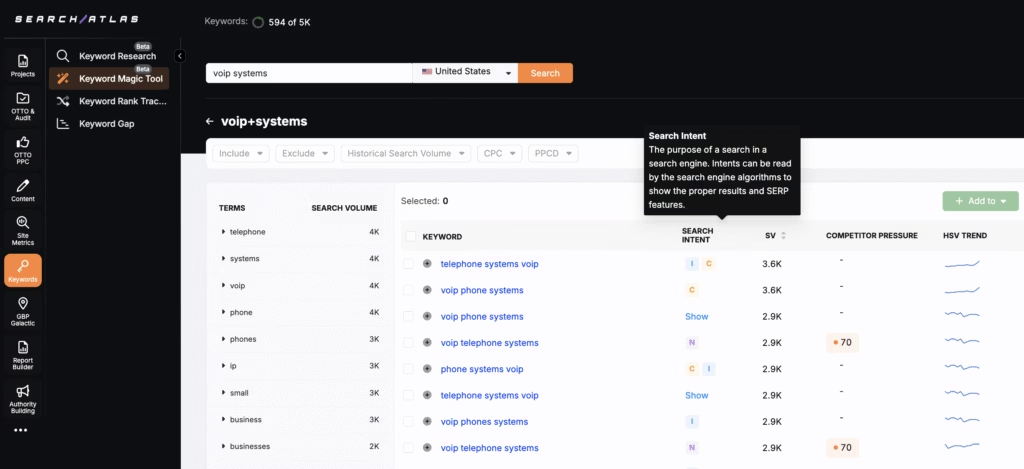
To uncover these opportunities, enter a term into a keyword research tool like the Keyword Magic Tool to get a wide range of long-tail suggestions mapped to different industries, pain points, and buying stages.
Even if they have lower volume, these terms tend to attract decision-makers actively searching for solutions and are more likely to convert.
4. Structure Pages to Reflect Keyword Clusters
After you identified your target keywords, use a topical map to organize them into clear themes and subtopics. This gives you a clear overview of your core themes, related subtopics, and keyword groupings.

Once your topical structure is in place, organize your site around two primary content types:
- Pillar Pages: These cover a broad topic and provide foundational information that appeals to early- and mid-funnel searchers.
- Cluster Pages: These dive into specific subtopics, answer niche questions, and link back to the pillar to strengthen topic relevance.
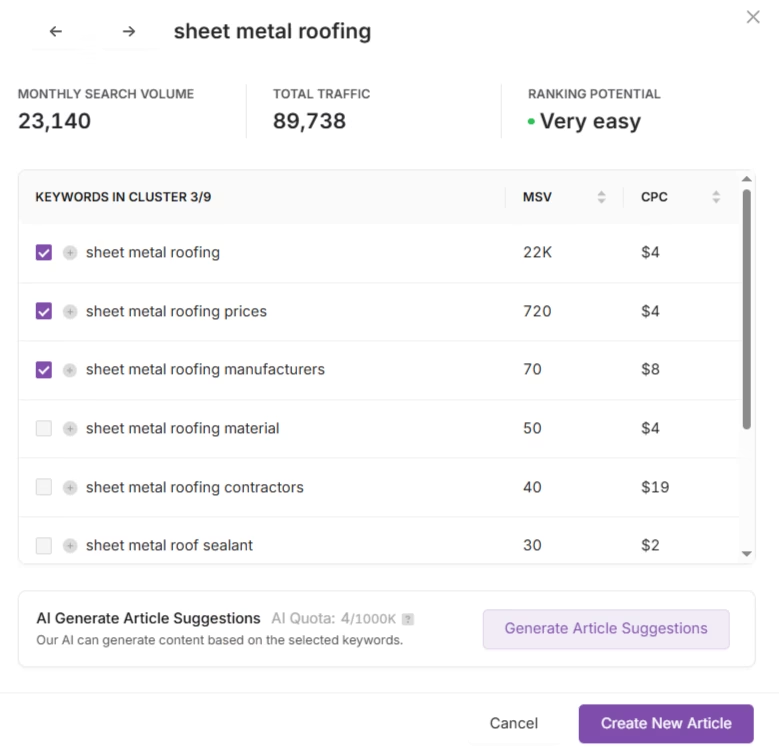
To move from planning to execution, use a content planner to help you connect keywords to content ideas, organize them into clusters, and manage drafts in one place.
5. Optimize Core Pages to Capture Demand
To support engagement, create and apply on-page optimizations to pages built to drive results. These are typically service pages, product listings, or landing pages where you want users to take action.
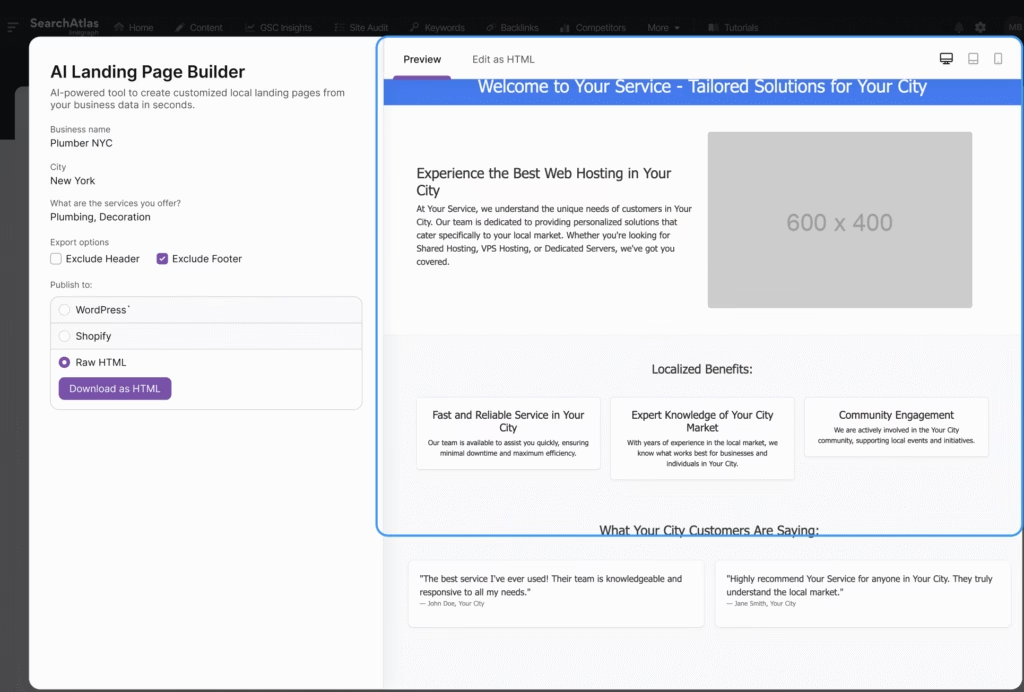
Each page should explain what you provide, who it helps, and why it matters. If you’re using an AI landing page generator, make sure it’s configured to highlight these points effectively.
To strengthen these pages even further, apply on-page optimizations in areas like:
- Page Title and Meta Description: Include the primary keyword. Use these elements to reflect both relevance and benefit.
- URL: Keep it short and relevant. Include the primary keyword and avoid filler words or unnecessary detail.
- Headers: Use one H1 with the main keyword, then break up sections with H2s or H3s that support related ideas. Add secondary terms where relevant.
For product or service pages, use schema markup generators to tag elements like name, price, availability, and reviews.
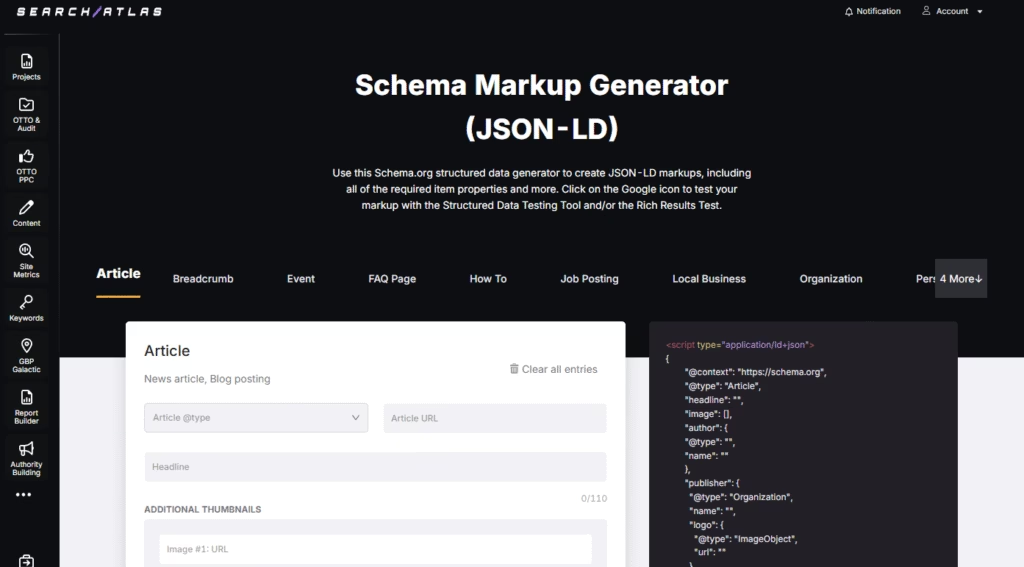
This increases the likelihood that your page will appear as a rich snippet in search results, offering more detailed and appealing information to users.
6. Build Authority with Content Creation to Convert
High-quality blog posts, guides, and supporting pages should offer real insight, help B2B businesses demonstrate expertise, and assist users in taking the next step.
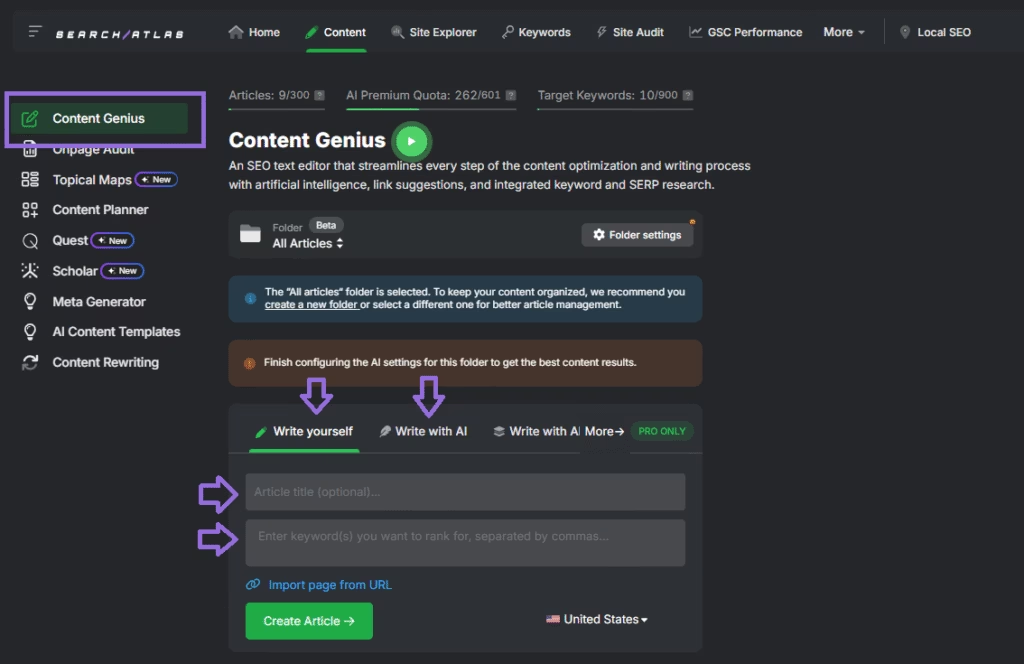
Your content serves as a reliable entry point for potential buyers. It’s where you answer real questions, demonstrate expertise, and attract attention from early-stage prospects. To build authoritative content, you can:
- Structure for Clarity: Use short paragraphs, headings, subheadings, and bullet points to improve readability.
- Write with Intent: Match each piece to a specific stage of the buyer’s journey and the keyword intent. That’s how you move readers from search to conversion with purpose.
- Refine with Clear Standards: Instead of relying on guesswork, work with structured frameworks that mirror how search engines evaluate authority and clarity.

Use SCHOLAR to help you review and improve your writing based on how search engines assess content, analyzing clarity, factual depth, and information gain to ensure real value and structure.
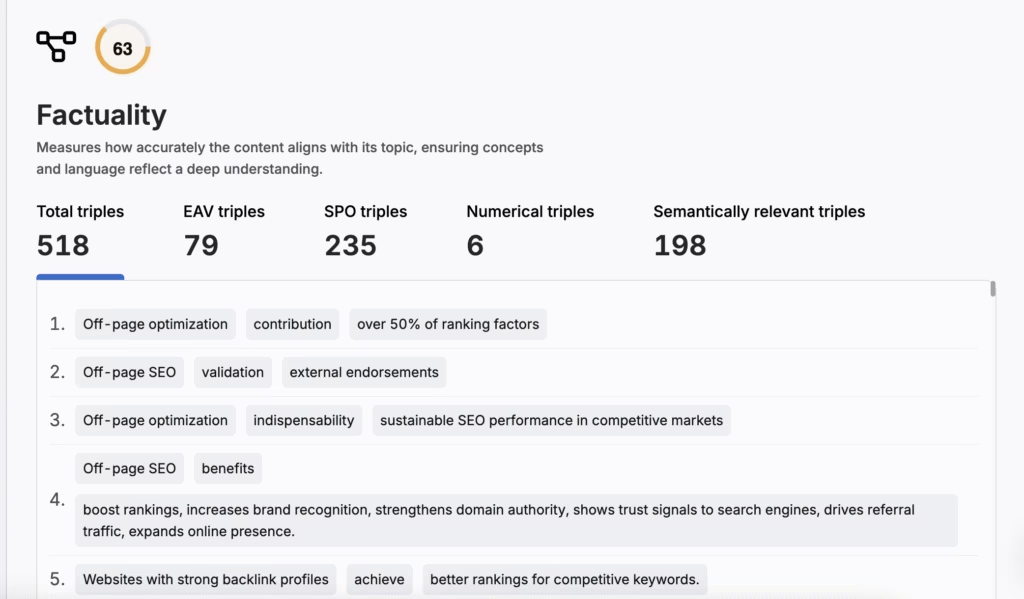
7. Run Outreach to Drive Qualified Traffic
Build a proactive link-building strategy that earns backlinks from trusted, relevant sources to increase domain authority and attract the right audience.
Use the blogger outreach tools to identify credible blogs, publishers, and industry sites your audience already follows.
Try Wildfire to scale consistently, a 2:1 link exchange model where you offer two outbound links in return for one inbound link.
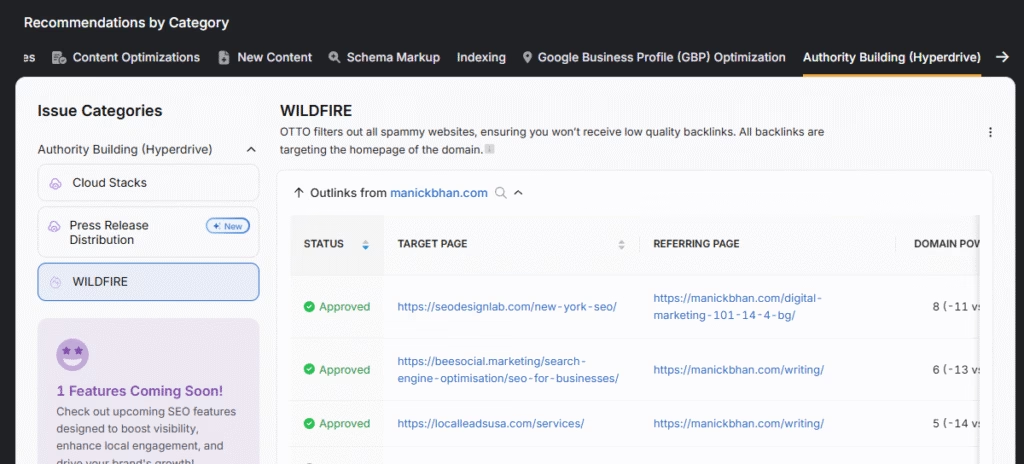
Another way to earn links is to use press release software that lets you draft press releases and send them to curated media lists using the built-in distribution tool.
Focus on quality over volume. A few authoritative backlinks from relevant sources have more impact than dozens from low-authority sites.
8. Fix Technical Barriers to Boost User Experience
Slow load times, navigation issues, and mobile formatting problems can cause users to leave before engaging with your site.
Even a one-second improvement in mobile speed can enhance conversions. Focus on technical SEO fixes that improve usability from the start:
- Speed Optimization: Compress images, minimize code, and reduce server response times to improve load speed.
- Mobile Adaptability: Test design across devices to ensure clean formatting, easy navigation, and clickable elements.
- Crawl Efficiency: Remove broken links, fix redirect chains, and maintain a clear sitemap so search engines can access your content.
- Structured Data: Use schema markup tools to improve relevant content types like product or blog pages to improve how results display and help users find answers faster.
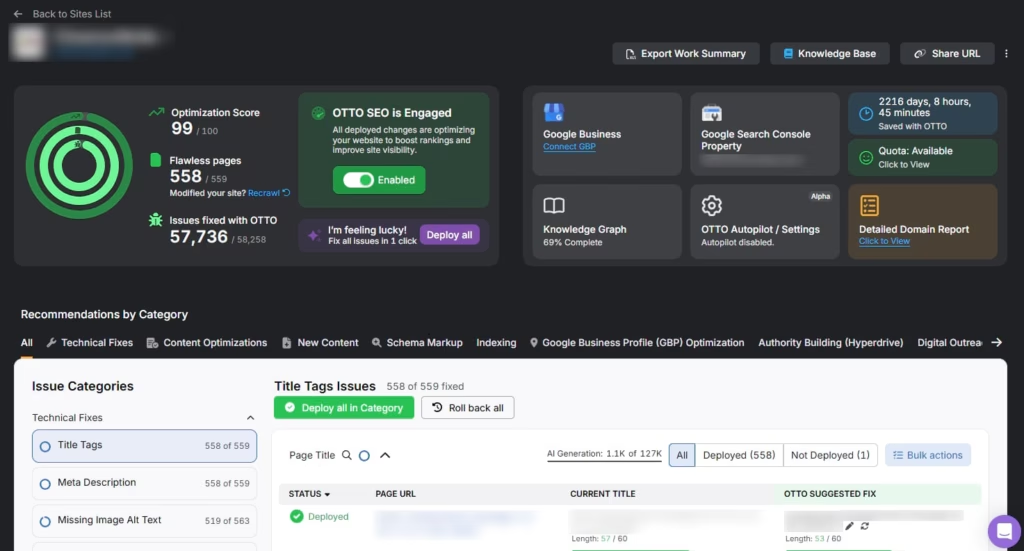
You can automate many of these steps with OTTO SEO, the AI assistant designed to localize and automate technical fixes, ensuring each site performs well for both users and search engines.
9. Track Performance to Refine Strategy
Track specific outcomes to understand what’s effective and where to adjust. Avoid broad metrics that don’t tie back to business goals.
Use centralized, automated, and customizable SEO reporting tools to bring together data from search, conversion, and keyword performance. This eliminates silos and speeds up decision-making.
- Search Visibility: Track how often your pages appear in search results and whether click-through rates are improving.
- Ranking Movement: Monitor how your target keywords are moving. Steady gains show alignment with search intent.
- Lead Actions: Measure valuable interactions like demo requests or resource downloads. These tie SEO results directly to business goals.
To go beyond individual metrics, use Domain Power, a more accurate way to evaluate site authority. It combines organic traffic and keyword ranking data from Google Search Console to reflect real search performance.
Move From B2B SEO Best Practices to Better Results
B2B SEO requires consistent effort across content creation, technical maintenance, and link building. However, with limited resources and high expectations, managing it all can slow teams down
Search Atlas is built to support exactly this kind of workflow. 🔧
It integrates keyword research, on-page optimization, technical audits, and performance tracking into a single platform tailored for B2B strategies.
With OTTO SEO, the built-in AI assistant, you can automate content optimization, fix site issues, and handle link outreach without slowing down. ⚙️
And the results speak for themselves. One B2B restaurant equipment supplier used our tools to grow their monthly organic traffic by 932% and increase keyword visibility by 556%.
They replaced outdated tactics with a focused, data-backed strategy, developed targeted content, and secured over 609 keywords in the top 3 positions.
Curious how they did it? Check out the full Restaurant Supplier SEO case study.
If you want to grow your B2B SEO, now’s a great time to try Search Atlas. See what we can do for you. Start your free trial today. No commitment. Cancel anytime.


